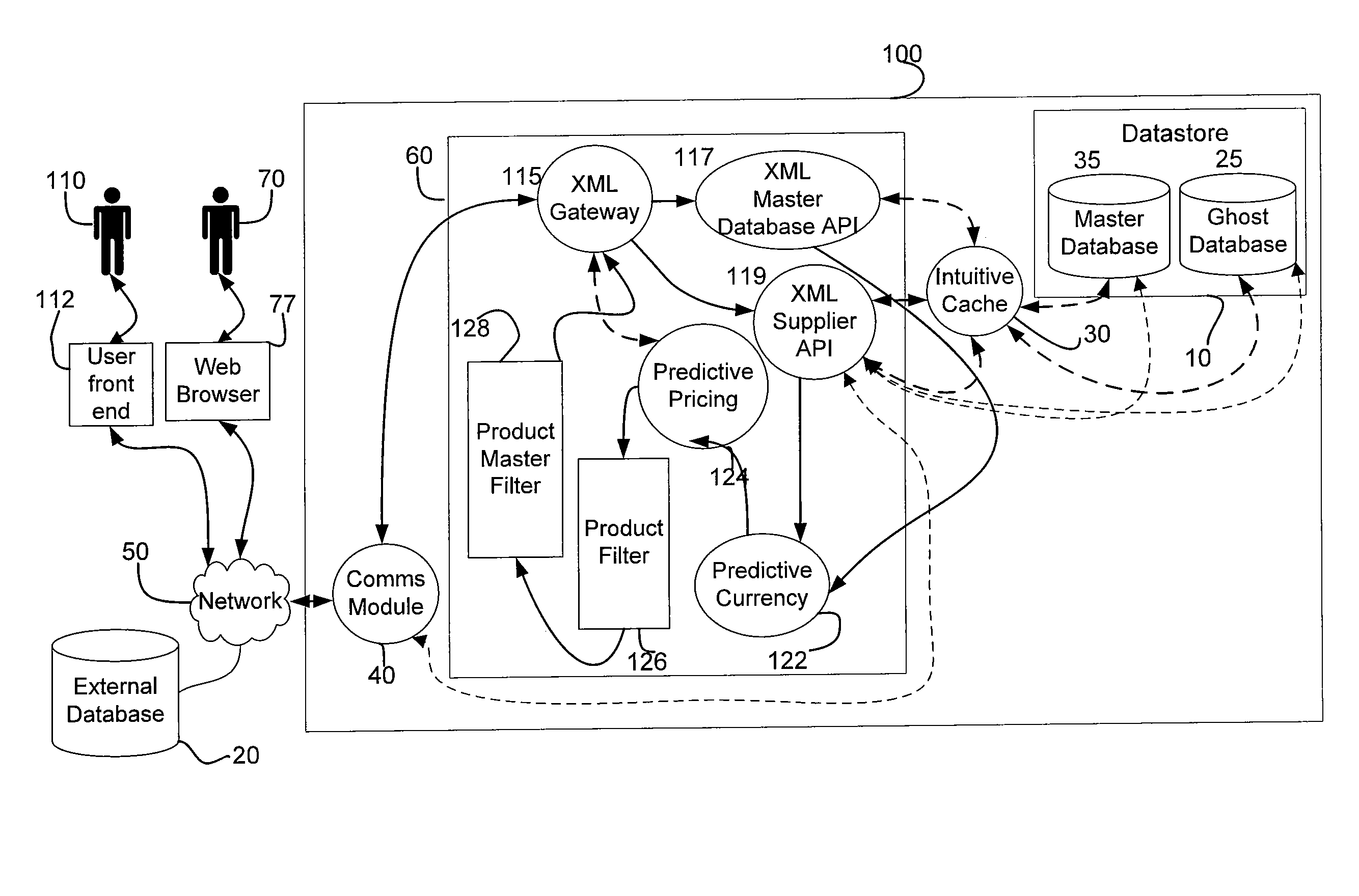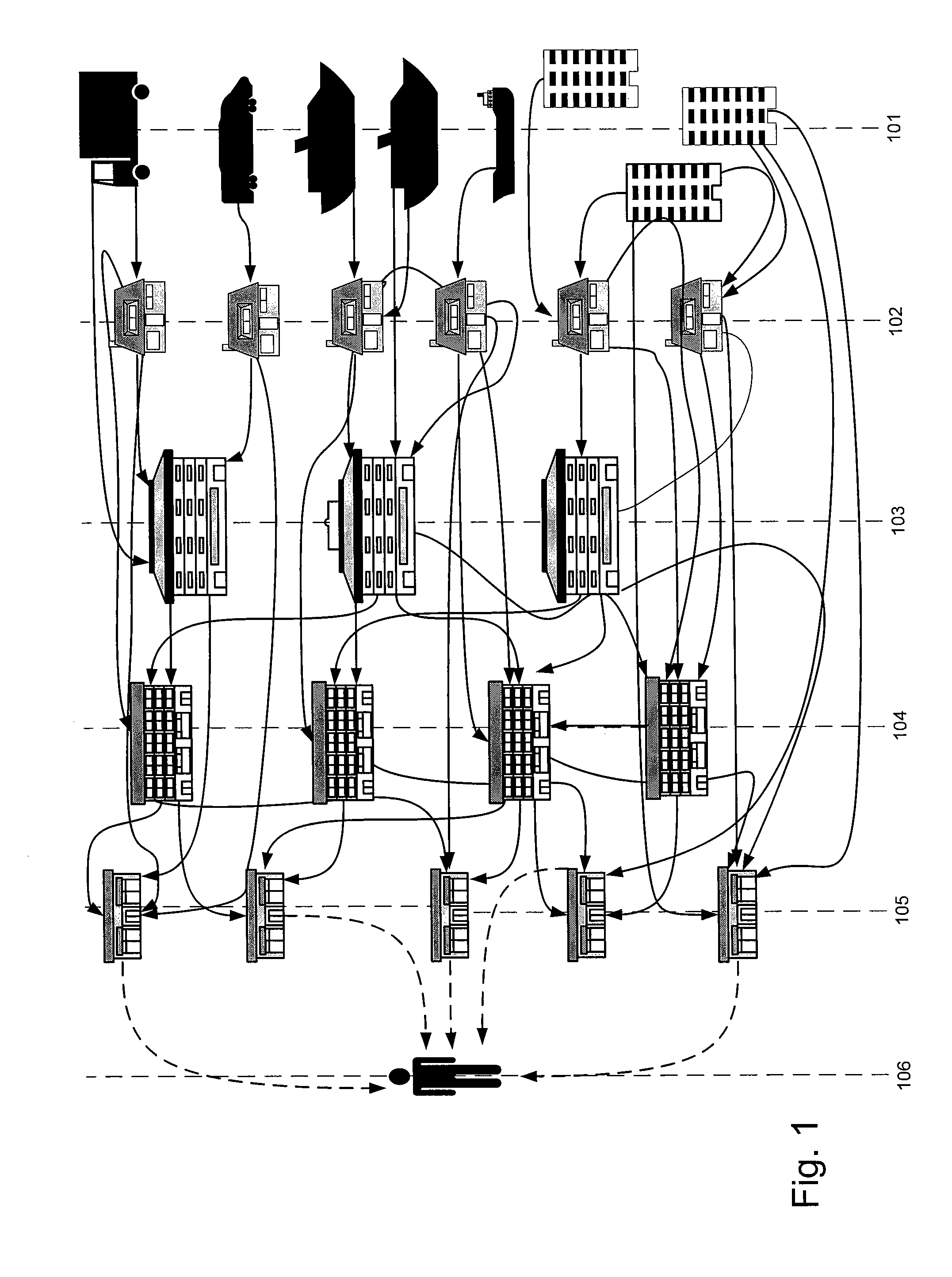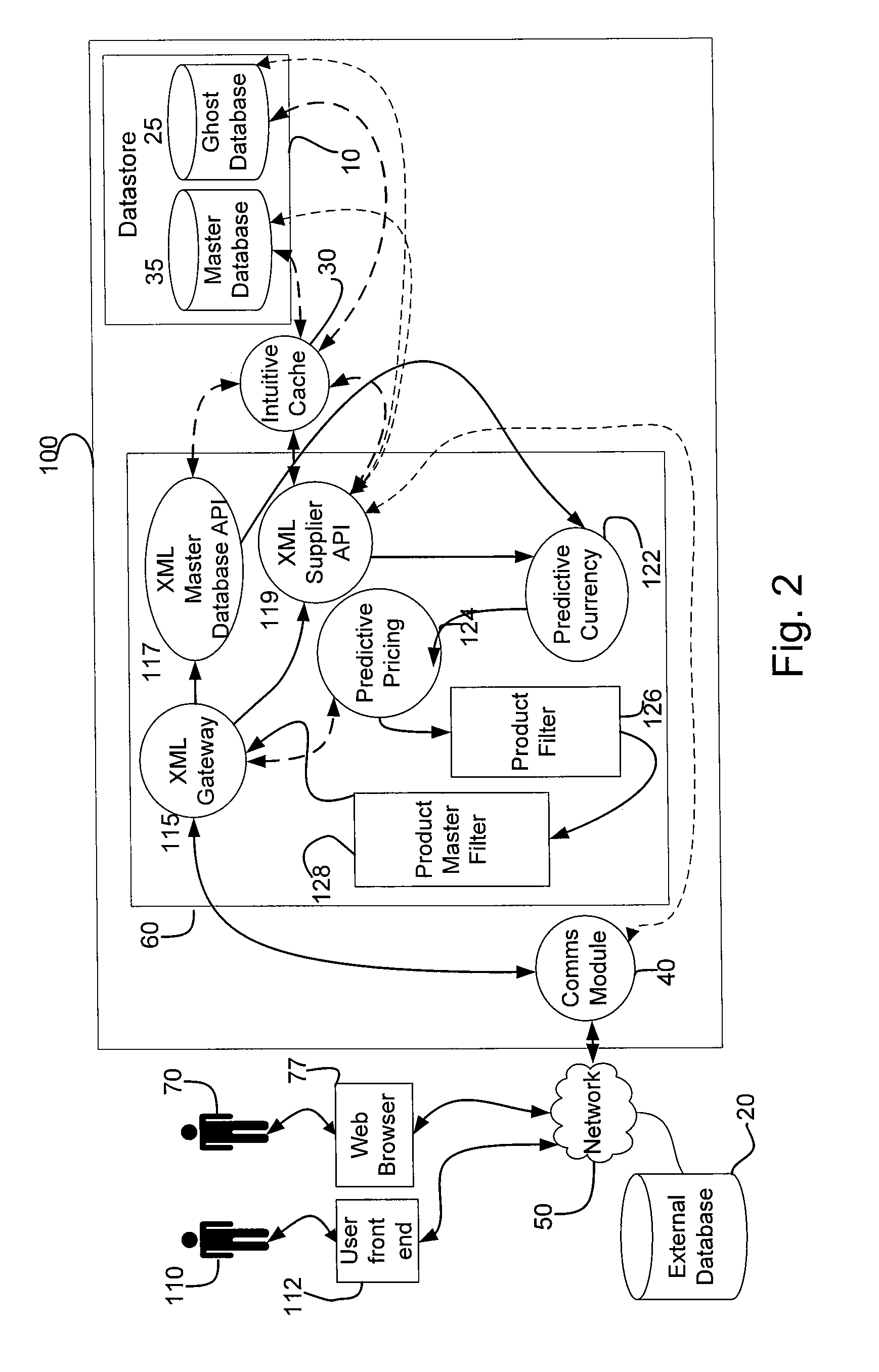Despite the proliferation of internet travel sites, no real attempt has been made to re-engineer the travel procurement and
management process using the
connectivity and low cost
processing capability enabled by
the Internet especially for smaller to mid sized players.
Consequently, suppliers to the wholesale and retail sectors still face continuing high costs reflecting the inefficiencies of the industry which are further exacerbated by their own labour intensive processes.
Fundamental to this failure to re-engineer the procurement and management process has been the inability of the travel
software industry to develop or produce a flexible, sophisticated product
database allowing universal application for all travel products be it air,
accommodation, car hire, rail passes, theatre tickets, sightseeing or coachtours.
Although individual product groups have been accommodated within a single
database for some time, with the exception of the
Global Distribution Systems (GDS) or Central Reservations
System (CRS) such as Galileo, Amadeus or Sabre, Wholesale and Tour Operator
software has been unable to adequately address this requirement, in particular, the inventory in these systems is incomplete and requires manual manipulation to incorporate into a booking.
Until now there has been no efficient process for selectively allowing different selling prices and / or paying variable commissions dependent upon the size, origin or source of a booking.
However none of the developers of Wholesale and Tour Operator
software have addressed the issue of providing an automated pricing module which would apply variable pricing dependent upon the channel through which the purchase was made, the source from which the product was purchased and a selection of other criteria which could be applied to determine a sale price.
The GDS / CRS providers are unable to offer this functionality
The reality of existing systems development to date is that it is difficult, if not impossible, due to the resource levels required and the architecture of the current systems, to offer a different channel buy price.
Not only is there variability in the commissions and rebates paid to travel agents, and other intermediaries within the travel
distribution chain but there can be, in some limited cases (where particular systems and applications allow for it) variability in the selling price for a product, depending on how the booking was made and where the product was sourced.
This is due in a large part to the lack of functionality in the underlying systems used by the majority of participants in the travel industry, particularly when
interoperability is required.
For example, it is self evident that a booking made by telephone through the wholesaler's
call centre costs the wholesaler more to transact than a booking made via an e-mail or a request from the wholesalers website.
As stated earlier the systems used currently by participants in the travel industry do not generally allow for variability in a products selling price.
Regardless of the sales channel, the wholesaler is under no incentive to seriously improve its productivity through
the internet channel.
It is not generally possible to charge a travel agent a lower gross price for product acquired via
the internet than if it had been booked through a telephone operator.
This situation however is now no longer acceptable to most operatives within the travel
distribution chain because of shrinking margins.
Encroachment by those very operatives into each other's traditional areas of distribution has put further pressure on them to provide discriminatory pricing based upon selective criteria applicable not dependent upon their position within the traditional supply chain.
This results in unnecessary data duplication multiplied ‘n’ times where n is the number of different channels through which the product is sold.
It also results in an increased opportunity for consultant error when the incorrect ‘
product type’ is selected.
Another problem associated with current travel booking and
search engine technology is that it is restricted to
polling individual databases for inventory.
As previously mentioned, the lack of a universal
database capable of accommodating multiple product types of inventory from disparate sources has been a key cause of the stagnation in development of an effective distribution platform embracing the web technologies now readily available to the travel industry.
In this
scenario, the existing systems are unable to poll multiple databases.
Put simply, other sources are ignored by the current systems because of the complexity of implementing multiple source searches for the same type of non-air product.
The
impact of this is felt throughout the travel
distribution chain, with suppliers often holding unsold inventory, aggregators and wholesalers unable to meet
client requirements because their allotments with the particular supplier have been filled and agents forced to approach alternate wholesalers or aggregators to buy the product or select alternate product as appropriate.
Another problem in the industry is that some travel booking systems historically have been unable to avoid publishing duplicate property information where the same property is offered by multiple suppliers.
Additionally, consistency and standards in the industry in relation to naming conventions at least, are not high.
Furthermore, there is no
industry standard for products other than air such as exists with the 2 and 3 digit coding model created for airlines and airports.
Obviously apart from being extremely confusing to the booking engine user, this practice is fraught with potential problems in terms of the correct property being selected and the price being paid etc.
A related problem is the publishing (or not) of whole supplier ranges of product so that a wholesaler will not show multiple occurrences of the same product.
A further issue that has frustrated wholesalers and aggregators in the past has been the lack of consistency in content and descriptions.
Traditional brochure based wholesalers will have solved this problem by spending time and money on selecting “unique”
graphics and text for their brochure, but they of course are unable to sell through an online channel due to the limitations of their current systems.
If the rate is set too high, no product will be sold.
Conversely, setting the rate too low may result in significant losses being incurred.
The setting of exchange rates is now more complicated then ever due to the plethora of market available foreign currency buying alternatives such as futures, options, caps, collars and hedges.
And all of these have a cost that must be built into the selling rate.
Both techniques suffer from a lack of rigorous allocation of the underlying issue i.e. the rate that I sell at today is a surrogate for the time that the product is to be settled with the supplier, which may be 12 months into the future.
There is no mechanism available in current systems to capture the affect of time on the price of a product or service.
This unfortunately ignores the “cost” of obtaining forward cover, which can be up to 5% of the cover acquired.
Explicitly, the cost of acquiring an option for
settling in 12 months time is higher than the cost of buying on the spot in the foreign exchange market.
Even in the case where the wholesaler may obtain a natural hedge (buying and selling products in the same currency) current systems deny the operator the opportunity to use differential pricing rather than inverse calculations.
In other words, if the exchange rate from one currency to another is inflated to cover an inherent exchange risk, the current systems use the inverse of this (inflated) exchange rate, resulting in a higher cost to the
consumer.
 Login to View More
Login to View More  Login to View More
Login to View More 


